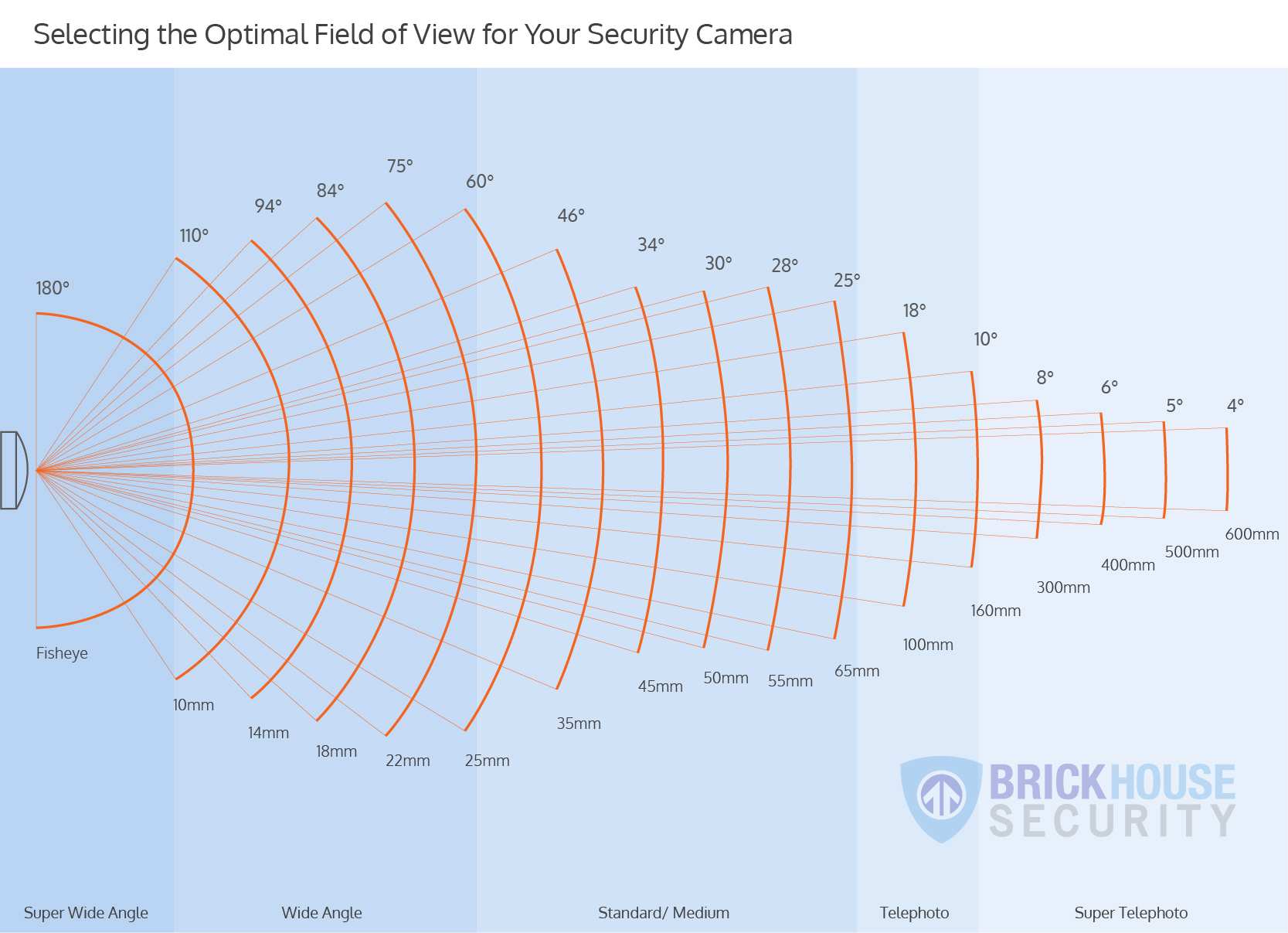Camera Field of View Explanation: Getting the Right Angle
Key Takeaways:
- FOV is measured in degrees and tells you how much area a camera can capture.
- Wide-angle lenses cover more area but with less detail.
- Telephoto lenses focus on distant objects and bring them closer but capture less area overall.
- Matching the right FOV with your surveillance needs is key to effective security.
Before setting up your security camera, it’s important to consider a few key factors to make sure you're capturing the right angle for your needs. Whether you're monitoring a wide outdoor area or a narrow hallway, understanding your camera’s Field of View (FOV) will make all the difference in getting clear, useful footage.
What is Field of View?
When you're thinking about installing a best security camera, understanding some basic concepts can go a long way in helping you make the right choice. One of the most critical aspects of camera performance is the field of view (FOV).
Simply put, the FOV refers to the area a security camera can capture or "see." Measured in degrees, this tells you how much of a scene will appear in the camera's frame.
Field of View vs. Angle of View: Clearing the Confusion
Some people use "field of view" and "angle of view" interchangeably, but there is a subtle difference. In general, the FOV is the broader term that refers to the entire area visible to the camera, while angle of view is more about the specific angular measurement based on the lens. For practical purposes, though, you can treat them the same when considering a security camera.
Why FOV Matters for Security Cameras
The FOV helps you decide what kind of camera you need. Do you need to capture a large area, like a parking lot, or focus on a smaller space, like a hallway or entry point? Choosing the right FOV ensures you're getting the footage you need, whether it's a broad overview or fine details.

Understanding FOV When Choosing a Lens
Your FOV is determined by the lens you choose, and it’s crucial to match the lens to the specific needs of your space. For example:
- Superwide-angle lenses capture an extremely broad view, often up to 180°, giving you a "fisheye" effect.
- Wide-angle lenses (60° to 110°) are great for covering larger areas like open rooms or store floors.
- Standard/Medium lenses (25° to 60°) give you a balanced view, good for capturing mid-sized spaces.
- Telephoto lenses (10° to 25°) focus on distant subjects, making objects far away appear closer.
- Super telephoto lenses are used for very narrow views (1° to 10°) and focus on very distant objects in great detail.

Picking The Right Camera to Capture the Shot You Want
A camera with a wide-angle lens is perfect for monitoring large areas but sacrifices detail. These cameras work well for spotting general movement or activity in open spaces like parking lots or lobbies.
On the other hand, if you're looking to capture specific details, like license plates or facial features, a narrow-angle camera with a telephoto lens is the better option. These cameras are ideal for entrances or areas where identifying specific people or objects is critical.
The focal length of the lens also affects the FOV. In short, a shorter focal length (like 10mm) means a wider view but less detail. A longer focal length (like 160mm) narrows the view but increases the detail.
Need Help? We're Here for You
If you’re still not sure which lens or field of view is best for your needs, don’t worry—that’s what we’re here for. At BrickHouse Security, we test all of our products to make sure they work for real-world applications. Feel free to reach out, and we’ll help you figure out the best setup to secure your property effectively.
At BrickHouse Security, we’re committed to making security simple, effective, and tailored to your needs.
Posted by Todd Morris on Jan 1st 2024

